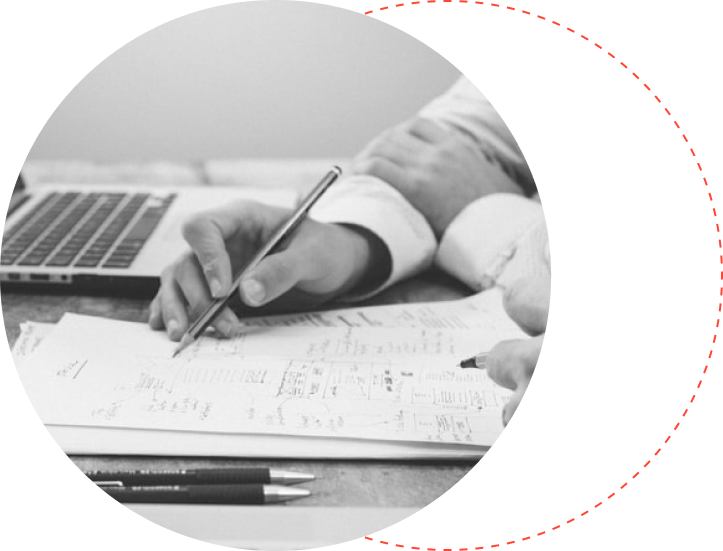JOURNEY TO USERSHIP™
How to Adopt Usage-Based Pricing

Why adopt usage-based pricing?
You’re considering implementing some usage-based pricing to complement your standard tiered offerings, or perhaps replace them entirely. Usage-based pricing models are quite popular these days, but are they worth the pivot? We think the answer is yes, for two primary reasons: easier product adoption and improved business execution.
Let’s start with improved product adoption. Usage-based pricing gives your customers access to more capabilities while letting them choose how much to spend. It’s a very simple proposition: They can pay more to get more, or pay less to get less. New Relic, for example, recently pivoted from a subscription pricing model to a 100% usage-based pricing model in order to provide customers full access to their platform, rather than charging them for each individual module.
Now let’s talk about business execution. Our research over the years indicates that companies with a portion of revenue coming from usage-based pricing have a higher growth rate. (source). That’s because companies with this type of blended model (recurring fee + usage fee) provide both predictability for the company and flexibility for the customer.
What’s more, we’ve found out that the sweet spot is to have up to 25% of your revenue come from usage-based pricing. Companies that do so have higher growth, with customers paying a fixed recurring amount and then paying more or less during each billing period depending on their usage.

Pilot: Determining the right usage based pricing model
It’s time to pilot! There are a variety of usage models available, from 100% usage-based pricing (often referred to as pay-per-use), to hybrid models that combine fixed with a flexible usage component. Choosing the right mix requires you to determine two things: your value metric and your price structure.
Value Metric:
Whether you are charging by seats or by gigabytes, choosing the right value metric is critical. The metric should 1) relate to how much value your customers get, 2) be measurable and trackable, and 3) be controllable, and not easily influenced by external factors. Remember, keep things simple for your customer!
Your value metric should represent what customers get out of your business, and should not be related to the cost of your own business.
Pricing Structure:
Choosing the right usage based pricing model depends on what you sell, how your customers want to buy, and what behavior you’re trying to optimize. Some common models include: Pay-per-use, Tiered based usage, Volume based usage, Multi-attribute usage, and Overages. When determining which model is right for you, keep the cost structure at the back of your mind as well as what your competitors are offering.
For example, if your highest usage customers are paying a lot, a competitor offering an “all you can eat” model can be a threat. The potential solution in the scenario is to offer a high threshold, or larger tiers, with an overage component. Pricing structure is often a competitive tool you can deploy to stay differentiated amongst competitors!

Benchmark report
Usage Based Pricing in Subscription Business
Usage-based pricing works because your customers can grow with you. If they found success with your service initially and want to use it more, usage-based pricing allows them to do exactly that. In this report, you will learn:
- Variety of pricing models to use
- Usage-based pricing concepts and strategy
- Best practices to create and deliver usage-based pricing
Rollout: Get alignment across the company
Now that you’ve determined how you want to architect the usage-based pricing model, it’s important to bring in other parts of your team to get alignment on how to actually roll out your new pricing strategy. Usage-based pricing introduced a whole new set of considerations on other parts of your organization, and the entire cross-functional team needs to have a plan in place before rolling this out to your customer base:
Sales & Customer Success: Sales will need to be enabled on the new pricing model, and be able to articulate it to customers. Additionally, sales compensation structures may need to be updated to align with the usage model. While companies with no usage based pricing are often focused on product add-ons for upsells, companies with usage pricing focus more on overall customer success and encourage natural adoption of more usage.
Product & Engineering: These teams need to determine how usage is monitored, tracked, and kept up to date for both the customer as well as internal finance teams.
Billing Operations: Translating pure usage into how much to bill a customer is a new muscle that the billing operations team will need to develop. Additionally, usage models with an overage require billing operations teams to closely monitor thresholds.
Revenue Accounting: Usage models introduce a whole new set of complexities for revenue recognition, especially with the new ASC 606 / IFRS 15 standards.
So what will success look like? It will be different for every company, of course, but here are a few resources that will provide you with more context. Good luck!
Benchmark: Companies with usage pricing for up to 25% of their revenue see the fastest growth and lowest churn (source: Zuora)

The Journey to Usership
The playbook for modernizing monetizing, and scaling your business
The world's leading enterprises run on Zuora.
With Zuora running in the background, we are well-equipped to deliver sustainable value to our customers, based on dynamically evolving offerings that fit the healthcare industry & care providers’ demands.
– Rahma Samow
Head of Siemens Healthineers Digital Health Global

Learn From the Best
Unlock resources from the leading experts
New Business Models
Knowledge Center
Your journey starts here
Start your free trial
Get your hands on the product and test out Zuora for free